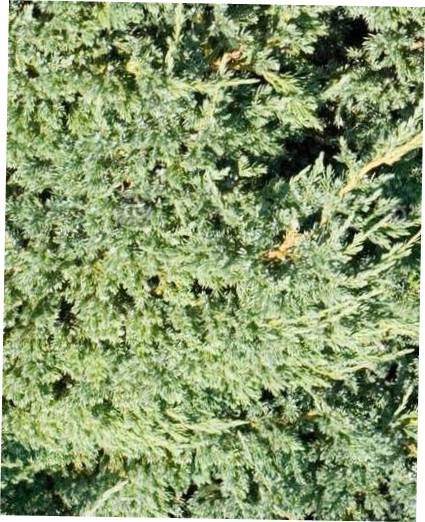Bermuda cedar
(Juniperus bermudiana)

Description
Juniperus bermudiana is a species of juniper endemic to Bermuda. This species is most commonly known as Bermuda cedar, but is also referred to as Bermuda juniper. Historically, this tree formed woodland that covered much of Bermuda. Settlers cleared part of the forest and the tree was used for many purposes including building construction and was especially prized for shipbuilding. However scale insects introduced during the Second World War construction of United States Navy and United States Army Air Forces bases devastated the forests, killing over 99% of the Bermuda cedar (an event known in Bermuda as The Blight, or The Cedar Blight). Since then, the salt tolerant Casuarina equisetifolia has been planted as a replacement species, and a small number of Bermuda cedars have been found to be resistant to the scale insects. Populations of certain endemic birds which had co-evolved with the tree have plummeted as a result of its demise, while endemic cigalas (or cicada) and solitary bees were driven to extinction. The Bermuda cedar is an evergreen tree growing up to 15 m tall with a trunk up to 60 cm thick (larger specimens existed in the past) and thin bark that sheds in strips. The foliage is produced in blue-green sprays, with the individual shoots 1.3–1.6 mm wide, four-sided (quadriform) in section. The leaves are scale-like (1.5–2.5 mm long, up to 4 mm long on strong-growing shoots and 1-1.5 mm broad), with an inconspicuous gland. They are arranged in opposite decussate pairs, occasionally decussate whorls of three. Juvenile plants bear needle-like leaves 4–8 mm long. The cones are irregularly globose to broad pyriform (4–6 mm long and 5–8 mm broad), soft and berry-like, green at first, maturing bluish-purple about 8 months after pollination. They contain one or two (rarely three) seeds. The male cones are 4–6 mm long and begin yellow, turning brown after pollen release in early spring. A threat to the continued existence of Bermuda's cedars arose in the mid-1940s when the species was attacked by two species of scale insects, Lepidosaphes newsteadi and Carulaspis minima, which were unintentionally introduced from the United States' mainland during the wartime construction of US airbases in Bermuda. By 1978, these parasites had killed 99% of Bermuda's cedars, some 8 million trees.
Taxonomic tree:







